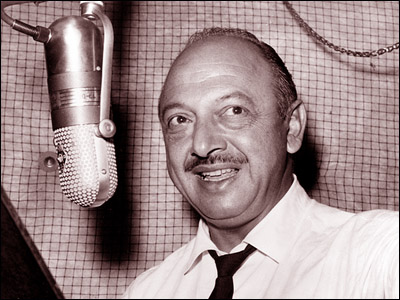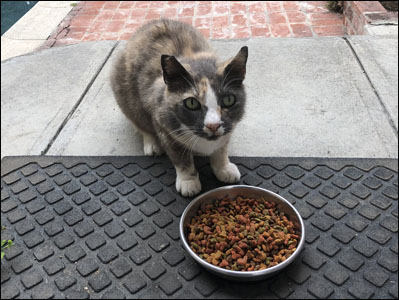We're still talking about how cartoon voice actors get paid. Robert Forman just sent me this…
A few years back, over at Cartoon Research, they did an article on the cartoon "Windblown Hare" in which it was mentioned that Mel Blanc was paid $125.00 for his work on the cartoon. I found that amount to be absurdly low.
Checking the CPI calculator, that works out to about $1,500.00 in today's dollars which would mean that Mr. Blanc would receive about $30k in today's dollars for 20 cartoons in a year. So it doesn't seem that at least at the time a person could make any kind of a living doing that as a career. I assume even a guy like Blanc had to do a lot of hustling to make a living.
I note that today the people who voice The Simpsons make about as much money per episode as Blanc made in 10 years of Warner's cartoons. My question for you is was there a time when there was a major shift, and the voice actor business became something a person could earn a living doing? Or is The Simpsons just an outlier and it is still a hard way to make a living?
The Simpsons is an outlier in just about every aspect of show business. It will probably turn out to be the most financially successful thing ever done for television if it isn't already.
About Mel Blanc's pay: You need to remember that Mel Blanc was not "just" a professional cartoon voice actor. He was an actor who did many things (a few even on-camera) including radio shows, records, voiceovers for non-animated films, commercials, etc. As with many actors, a lot of the work was for industrial or regional projects the mass public never heard or saw.
In his last few years, he sometimes got big paychecks to voice some Bugs Bunny project — like, say, a series of commercials. That was because he was The Great and Famous Mel Blanc and there was a fear there'd be a mass public outcry (and maybe a negative reaction to the commercials) if they replaced him as the voice of Bugs. This enabled him and his also-shrewd son Noel to demand large amounts.
I told a story here about how I once directed Mel for a TV show where we paid him what I thought was a lot of money to record three or four lines as Bugs. I'm thinking it would be okay to tell you how much and please understand I'm not suggesting he wasn't worth every penny of it. But for about five minutes of work that he didn't even have to drive anywhere to do, Mel got ten thousand dollars.
For most of his career, playing Bugs Bunny was nowhere near his main source of cash. One of the reasons he asked for and got that screen credit that ticked-off his co-stars was that he felt the job wasn't paying him enough. He thought maybe having his name on the cartoons would lead to more job offers…and it did. He certainly made more money being on The Jack Benny Program or dozens of other radio shows.

For a decade or three there, Mel would run around all day from studio to studio doing a radio job here, a commercial there, then a record or an educational short or something else. All that stuff could add up to a pretty nice living. June Foray was doing the same kind of thing, often for the same employers. June would leave her home out in Woodland Hills each weekday morning at 7 AM and drive into Hollywood. Then she'd spend the day going from job to job…sometimes four or five in a day, sometimes into the evening. Even during the years she did Rocky & Bullwinkle, cartoons were never the majority of the bookings.
At one point in the fifties, Mel did the voices for an animated commercial for PaperMate pens that ran constantly on TV. It is said he made more money off that commercial than he had off all the cartoons he'd done by then put together.
It's the same today. Almost no one is exclusively a cartoon voice performer. The people you think of in that category also do commercials, video games, audio books, promos, dubbing, industrial films, announcing, etc. I have worked with several cartoon voice actors who also provide voices for like when you call a business and a recorded voice asks you, "How may I direct your call? If you know your party's extension, you may enter it now."
This is something a lot of aspiring cartoon voice actors don't get. Each year at Comic-Con — and this year will be no exception — I do a panel late Sunday afternoon called "The Business of Cartoon Voices." I bring in a top agent and a couple of actors and we dispense free advice to the wanna-bes…the kind of advice for which some less-than-honest "teachers" charge hefty fees.
Each year, at least a couple of the folks in the audience look amazed to hear that the actors whose careers they covet don't just spend all day voicing furry creatures and giant robots. But even if that's all they book, some (note the emphasis) can do fairly well if they get on a couple of series or get called often enough.
Can you make a good living that way? Absolutely. It depends on how much you work. There are thousands of people who fail. I'm fairly certain the Hollywood voiceover industry has never been more overcrowded with talent but there are people who work. Some walk out of a recording session with a couple thousand dollars for a morning's work and then have another session booked after lunch. They're the exceptions…but so was Mel Blanc.




